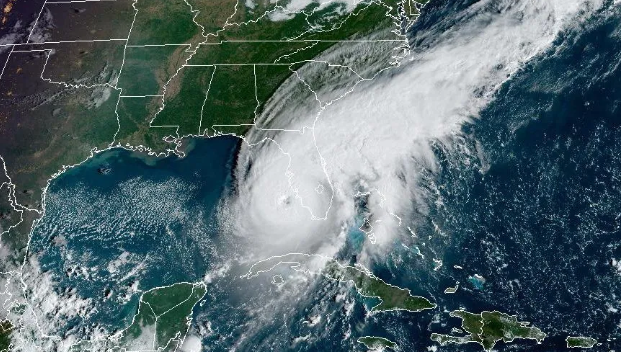Understanding Tropical Cyclone 9 and the Path of Hurricane Helene

Tropical Cyclone 9, an early stage of developing storms, often causes concern during hurricane season. The term refers to a low-pressure system that shows the potential to become a tropical storm or hurricane. Once this disturbance strengthens, it earns an official name, and in this case, we’re talking about Hurricane Helene.
The Formation of Tropical Cyclone 9
Tropical Cyclone 9 forms in the Atlantic Ocean, where warm waters fuel the development of low-pressure systems. These cyclones often begin as tropical waves near the coast of Africa. Meteorologists closely monitor these disturbances because, with favorable conditions, they can intensify rapidly. When wind speeds exceed 39 mph, the storm earns a name, transitioning from a cyclone into a tropical storm.
Hurricane Helene’s Path
Hurricane Helene originated as Tropical Cyclone 9 in the far eastern Atlantic. As it gained strength, it moved westward, following typical hurricane behavior by heading toward the Caribbean and potentially the U.S. coastline. However, Helene’s path shifted, curving away from the Americas and heading toward Europe instead. This change in trajectory spared coastal regions from severe impacts.
While Hurricane Helene didn’t directly hit major landmasses, it still caused high seas and windy conditions in parts of Europe. Understanding the behavior of storms like Helene is crucial, as even slight shifts in direction can result in significant changes in impact areas.
Monitoring Future Storms
The unpredictable nature of storms like Tropical Cyclone 9 and Hurricane Helene highlights the importance of preparedness. As meteorologists continue to advance tracking technology, communities in the path of these storms can stay informed and make timely decisions.
For the latest updates on hurricane paths, storm forecasts, and safety tips, always rely on trusted sources like the National Hurricane Center or local weather reports.





